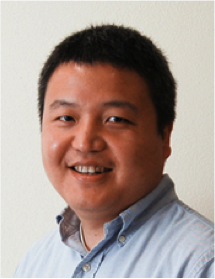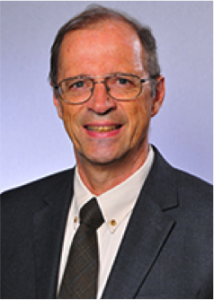Research Team
Richard Van Duyne
Prof. Van Duyne is the discoverer of surface-enhanced Raman spectroscopy and is an expert in many other areas of Raman spectroscopy, electrochemistry, nanofabrication, ALD, and AFM/STM. The research undertaken in the Van Duyne group is at the forefront of molecular plasmonics.
Prof. Bard is the Director of the Center for Electrochemistry at the University of Texas, Austin and is one of the world’s foremost electrochemists, the pioneer in the study of electrogenerated chemiluminescence and semiconductor photo-electrochemistry, and is the inventor of the SECM. The Bard group leads the way in the study of electrochemical problems using electrochemical methods.
Prof. White is one of the world’s experts in ultramicroelectrode and nanopore electrochemistry. Research in the White group is focused on applying principles grounded in electrochemistry to advance understanding of a wide variety of physical systems. Systems currently investigated within the group span the physical, analytical and biological sciences. These include nano-pore/pipette based sensing, measuring and delivery of nanoscale particles; protein ion channel electrical measurements of nucleic acids; theoretical and electrochemical scanned probe investigations of solid-state batteries; experimental measurements and theoretical analysis of ionic transport in confined geometries; and fundamental studies of electrochemically generated nanobubbles.
Katherine (Kallie) Willets
Prof. Willets is an expert in super-resolution fluorescence and Raman microscopy as well as scanning probe microscopy. Current research in the Willets lab involves developing tools for imaging electrochemical reactions at the nanoscale, harvesting plasmons for controlling plasmon-mediated electrochemical reactions, and exploring structure-function relationships in nanoparticle systems.
Prof. Zhang is an expert on nanoscale electrochemistry with a particular focus on studies of single molecules and single cells using moleculr/atomic scale electrodes. Current research in the Zhang group is focused on the study of the electrochemistry, electrocatalysis and photoelectrochemistry of single metal/semiconductor nanoparticles and nanowires.
Prof. Ratner is the founder of molecular electronics and is one of the world’s foremost theorists on electron transfer and charge transport phenomena. Research in the Ratner group revolves around several topics: Electron transfer, electron transport, and electron dynamics; Molecular assemblies, packing, and interactions; Quantum dynamics, and its relation to environmental baths and decoherence; Organic devices, both single molecule and adlayer-based; Energy applications of several sorts.
Prof. Schatz is one of the world’s most accomplished theoretical/computational scientists and has been a leading figure in modeling DNA, DNA-linked nanoparticle structures, and plasmon-based optical properties. Research in the Schatz group revolves around several topics: Optical properties of nanostructures; DNA structure and properties; Self-assembly of soft materials; Mechanical properties at the nanoscale; Reaction dynamics in catalysis; Excited states/Optoelectronics.
Former Members:
Prof. Mirkin is an expert in scanning electrochemical microscopy. Research in the Mirkin lab focuses on nanoelectrochemistry and the use of nanometer-sized electrochemical probes for the study of charge-transfer reactions at the solid/liquid and liquid/liquid interfaces, nucleation/growth of metals and conductive polymers, bioelectrochemistry, and electrochemical imaging.
Prof. Tao is an expert in molecular electronics and nanoelectronics. The Tao lab invented the electrochemical break junction, and it and other labs worldwide have successfully measured molecular transport (electron transfer between two electrodes through a single molecule) in ambient environments, and extended this to ionic gating using standard electrochemical setups.










